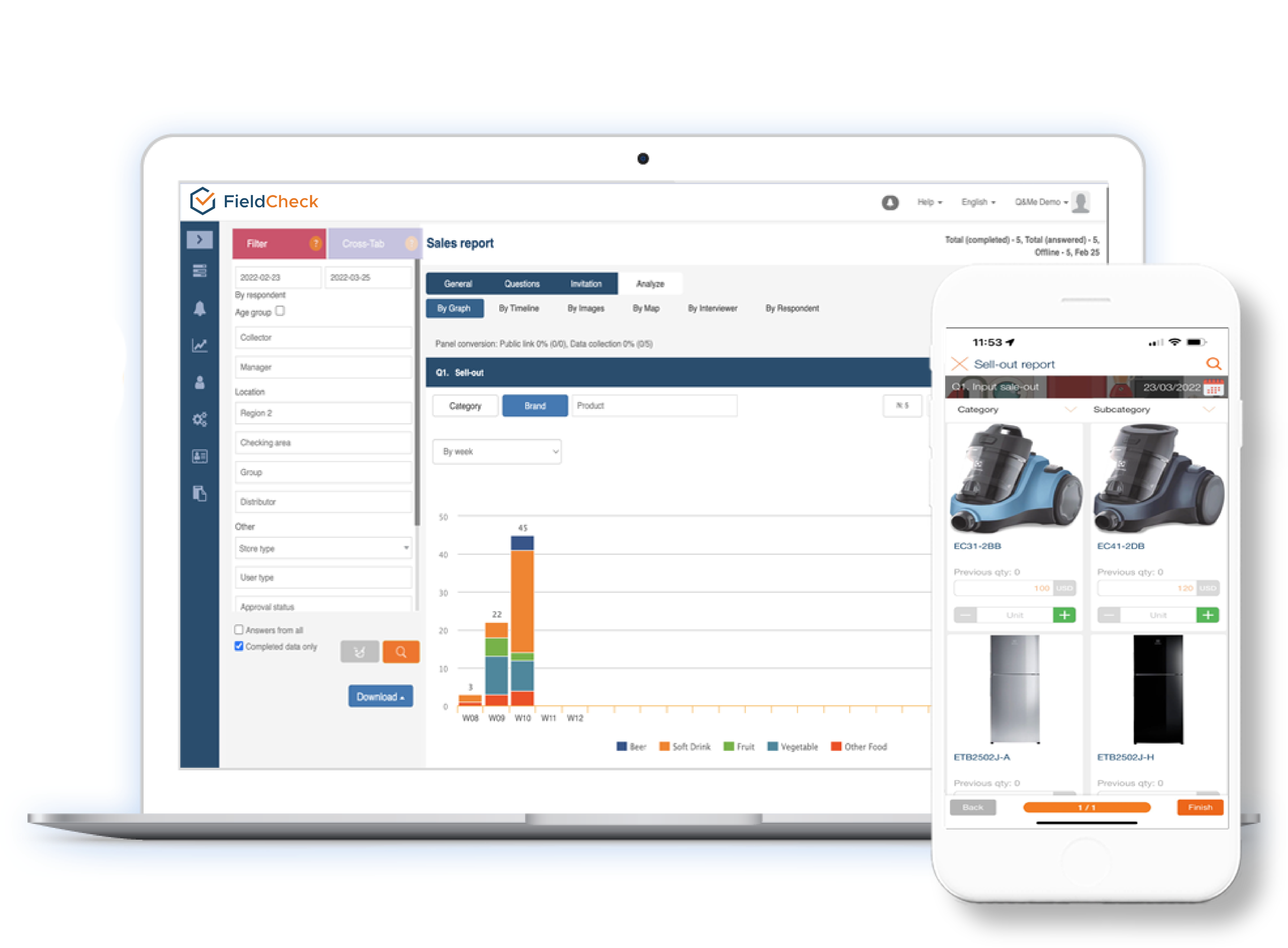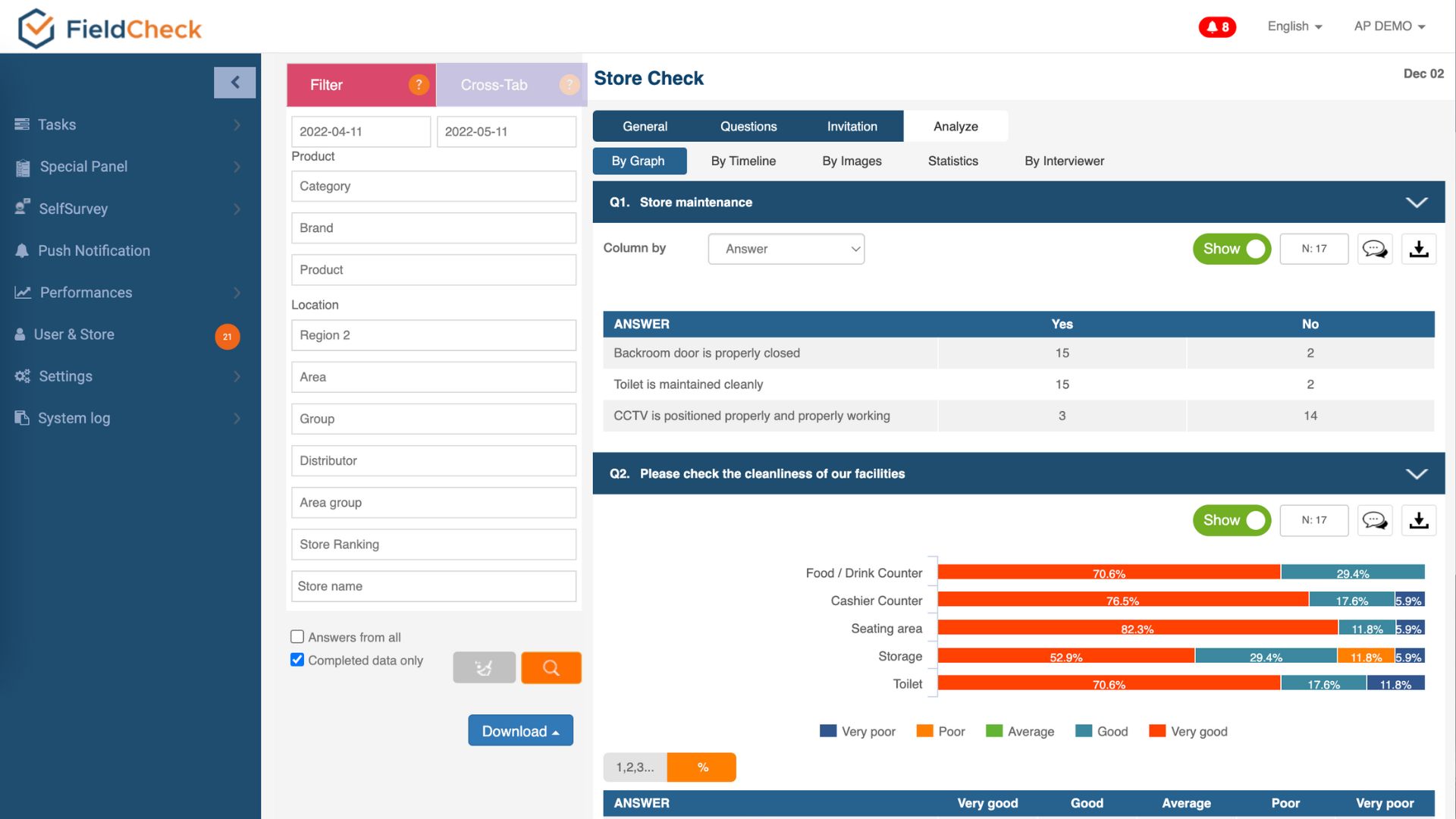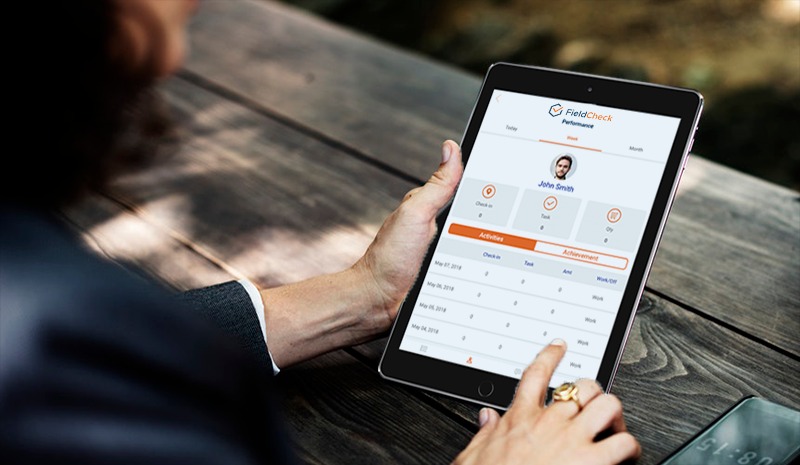A Comprehensive Guide On Retail Audit To Brush Up Your Outlets
Retail market has been growing globally for increased income, accessibility, lifestyle changes and awareness changes. That’s why it is critical that your retail business needs to carry out tailored strategies to meet the market demand.
That said, there is a fact that many lack a source of data. Rather, they depend on the info collected from unreliable parties failing to offer data verification and actionable insights.

Retail auditing
If you want to augment the market share, revenue and profit share, adequate information about on-the-ground cases is crucial to better understand what the growth barriers exactly are and launch prompt strategies to address these issues.
The introduction of retail audit appears to be a comprehensive way for you to capture important field data affecting the business and products’ health.
What Is A Retail Audit?
A retail audit is simply a check for your business on the market. It gathers supplier data such as visual merchandising, competitor information, out of stock, to name a few.
They appear to be a valuable report to provide true insights into the overall health of your business in the marketplace.

Store audit checklist
There is merely 8% of consumers identifying as a product or brand loyalist (Nielsen Report, 2019). The days of such loyalty are gone. Instead, brand switching has become a new trend among consumers.
With a host of options, consumers are likely to venture towards businesses offering a more enjoyable and seamless customer experience.
A comprehensive store audit program lets your brand collect on-the-ground data from stores. Accordingly, you can get on-going barriers to growth and launch viable strategies to handle these barriers.
Traditionally, store audits were executed by a supervisor and done with an old handy-dandy way of paper and pen. This method is quite time-consuming and inefficient, not to mention a huge drain on your resources.
Gratefully, the development of technology has paved the way for your brands to get more efficient and accurate retail data with digital retail audit.
Why Do You Need Retail Audits?
Ideally, a store audit incredibly maximizes sales, boosts market share, and guarantees retailers are completely compliant with the requirement of your merchandising and enhance the in-store customer experience.

Merchandising audit in mobile app
Maximize Sales & Market Share
Valuable real-time data collected from a retail audit checklist can facilitate your brands to promptly and rapidly adjust the planograms, shelf location and merchandising according to consumer feedback.
Competitive data can empower your staff and members to a more agile decision according to competitive trends and predictive behavior. Accordingly, retail audits can boost sell-through and increase market share thanks to adept movement on the market.
Optimal Retail Compliance
Retail audits can help your business keep track of the retail compliance with pricing, placement and promotional agreements.
This advantage can ensure your businesses measure the success/failure of any projects, campaigns, marketing signage, SKU arrangements, and more in a more effective way.
Enhance Customer Experience
Customer experience plays an important role in the success of any brand, clearly demonstrated in the following evidence.
- According to Forbes Insights Report, 76% consumers expect businesses to better their needs.
- 64% consider customer experience more critical than pricing.
- 80% of businesses focus on customer experience as their top strategic goals. (Bloomberg Businessweek, 2011).
- Smart Insights show that 86% of buyers spend more products/services accompanied with enjoyable customer experience.
Among a bottomless list of choices, high customer experience can enhance your brands. In this case, store audits can help your businesses monitor and measure retail success by giving in-depth insights about buyers’ experience with your in-store products.
By introducing retail audits, you can decide the time to launch the products on shelf, the inventory levels, and the store staff’s helpfulness.
What Are Retail Audit Types?
Retail Market Questionnaire
This type of retail audit allows your brands to get where your products are stocked or likely to be stocked in the future. The reps probably record below:
- Store location and appearance. Are they located in urban or suburban regions? How does the stores’ façade appear? Are stores clean and well-organized?
- Quantitative and qualitative information about other brands in-store. Are there mostly established or emerging brands in categories? How many facings do competitors have on the shelves?
- Consumer sentiment about the brands and competitors evaluated by surveys and observing the way they interact with the brands.
Merchandising
This kind of retail audit is concerned with the performance of the brands. Reps utilize a merchandising report to log:
- Inventory levels
- Product condition
- Ordered units
- Overall shelf appearance
- Retail pricing in store location
- Promotion report
- Performance in store displays

Easy to input ordered units
If brands launch a special promotion, it is critical to monitor its success to see how it performs in the short period and the way to enhance it. It is key to report on:
- The promotion type being used such as price reduction, tasting, demo, and more.
- Featured products SKUs
- Promotion duration
- Sales revenue
- In-store position
- Competitor survey
An audit that brands had better ignore is competitor survey, revealing invaluable insights into how the brands stack up against their counterparts. It is best to identify as follows:
- Indirect and direct competitors
- Pricing strategies of competitors
- Places where products of the competitors are located in the shelves. Do they have a prime location near the check-out counter or eye level area? Are they placed in low- or high-traffic areas?
- How many facings the competitors have on shelves? Are your brands being greatly overshadowed?
- Promotion campaigns competitors run.
A Step-by-Step Comprehensive Guide On Retail Audit Process
Now you know about the inherent advantages of retail audits. But how do your businesses guarantee that it executes them properly? Take a look at a step-by-step guide below.
Step 1: Articulate Goals
Identify the key goals of retail audits by answering the following questions:
- Are you concerned with how fast your products move off the shelves?
- Do you care about monitoring the activities of both direct and indirect competitors ?
Exactly put in writing what you try to measure through the retail audits and assign qualitative or numeric values to each objective as a creation for success.
Step 2: Build Audit Criteria
It is advisable to choose exact questions you want to ask in store audits and acceptable answer types. It is best to stay away from frivolous questions. Rather, ask questions that help improve your brands like brand performance, retailer compliance, competitor activities.

Effortlessly create audit questionnaire with technology
Step 3: Set Appointments
Once you know what you try to achieve from a retail audit, it is best to realize it. It is imperative to aim for consistency regarding who you would like to send to which accounts.
Individual reps can be greatly knowledgeable about the stores and build a good rapport with the management of the stores.
You can recognize some probably want to be notified before reps visit the stores. It is best to schedule reps for a proper number of audits as identified by assigned territory.
Step 4: Collect Photo And Data
Ensure reps gather data directly corresponding to the criteria and objectives you lay out. It is also advisable to have several survey questions marked mandatory if they are significant to the goals of the company.
Attaching photos in the retail audits is an ideal method to exactly depict what happens in the stores at any given time, not to mention enhancing compliance and accountability.
Step 5: Evaluate Output
Once retail audits are accomplished, it’s time to organize the date in an understandable format. You can take advantage of graphically-depicted numerical values while tagging notes by a select quality. You can check to see how the outcome you have got stack up against predetermined KPIs.
Step 6: Carry Out Changes
After having the analysis of the results, you can execute on what you need to finish in the short period. For instance, you found that a SKU performs greatly worse than others in numerous retail locations and you instantly decide to pull it from the shelves.
Step 7: Repeat
After launching some store audits, you can make adjustments to the process of retail audits to tailor it to the specific needs of your retail business. Conducting audits will regularly let your business be agile and fast adjust to consistently-changing retail landscapes.
You see, retail auditing requires many steps to do. Manual work can take time and slow your inspection process down.
That's why you need the help of technology, particularly a store audit app, for smooth and effective store management. So how exactly does this solution work for your business? Let's dive into the following section to discover.
What Are Advantages Of Retail Audit App?
Traditionally, businesses use paper and pen for their retail auditing, presenting a bunch of avoidable challenges:
- Damaging or losing paper
- Delayed data transmission from the fields to decision-makers
- Human errors risk
The above-mentioned drawbacks in retail audit make it challenging for businesses to replenish orders, handle compliance issues and visual merchandising strategies.
To handle these problems, businesses can rely on technology. It is best to choose the right tech support for your brand relies on specific demands, yet any method can come with the functionalities below:
- Easily collecting data via digital forms
- Real-time data synchronization to supervisors
- Image capture integration

Data collection with OTP
FieldCheck is an all-in-one solution you can rely on. We bring paperless communication to frontline teams for more transparent and efficient operations with a mobile app for smooth retail operations and web-based admin tool for field management and smart analysis.
You can seize proper retail execution strategy and the inventory and competitors to adjust your stores’ strategy. Our solution automatically evaluates the input to reflect audit scoring.
Our solution allows flexible task making with UI-friendly task creation tools.

Diverse types of questionnaire
Plus, you can view collected data in a graphical view and download raw data right on our web-based admin tool.

Data graphical analysis
Wrapping Up
In a nutshell, retail audits play a critical role in helping your brand boost sales, market share, in-store customer experience, and ensure retailers are compliant with the requirements of your merchandising.
That said, manual-based audits can lead to some challenges of management like damaging paper, human errors, and delayed data transmission from the fields to decision-makers. It is best to switch to a field management app to eliminate such avoidable drawbacks.
FieldCheck cloud-based solution eases manual-based operation in the field. Our platform delivers smart analysis and operating management. If you are interested in our service, please feel free to contact us.




